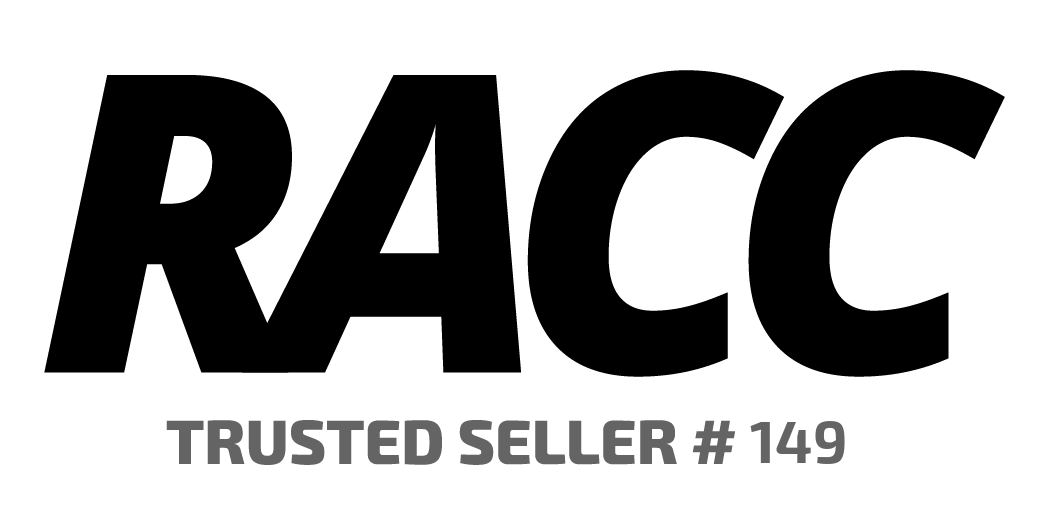1832-60 Japan 2 Bu Shogunate Gold Coin
Authentic Samurai Currency
- Lot number 3492904
- Total views 4
- Total bids 9
- Winning bid $157.50
- Buyer's premium $26.78
- Total $184.27
- CLASSIC NO RESERVE
Minted from the early 17th century until just after the fall of the Tokugawa shogunate in 1869. Feudal Japanese gold coins are remnants of a time when Japan was still largely agrarian, feudal and isolated. At this point in its history, Japan was ruled by traditional samurai lords who had cultivated their warrior philosophy for more than a millennium. The Japanese word for silver is "gin" and their word for gold is "kin". Therefore, a one bu silver coin would be called an ichibu gin, which translates as "one-bu silver". Likewise, a similar one bu coin in gold would be called an ichibu kin, or "one-bu gold". Most Tokugawa period Japanese gold coins available in the market today are smaller one (ichi) or two (ni) shu or bu denominations. These coins are called isshu-kin (one-shu gold), nishu-kin (two-shu gold), ichibu-kin (one-bu gold) and nibu-kin (two-bu gold), respectively. These smaller shu and bu Japanese gold coins from the Tokugawa shogunate have an unusual rectangular shape surrounded by finely beaded borders that is reminiscent of a miniature bar or ingot. Covered in exotic Japanese calligraphy and stylized paulownia flowers, shu and bu gold coins unequivocally exude the style of traditional samurai Japan.
This is a stock item and stock images may be used in this listing. The exact item you will receive will be of equal quality to the one pictured.
This item is being shipped from the Pristine Auction warehouse.

















